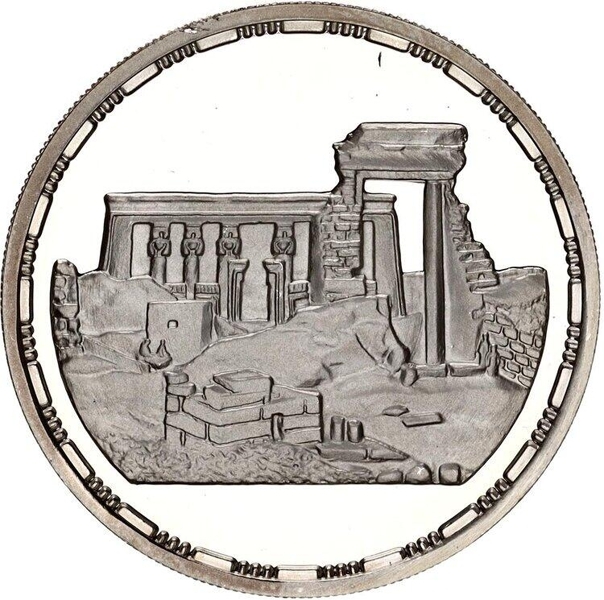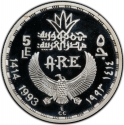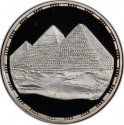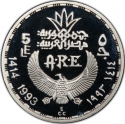You are about to finish your registration. Please check your mailbox (including spam folder). There should be a letter with a confirmation link. Check setting to make sure that your e-mail address is correct.
Send letter againDescription
Dendera Temple complex (Ancient Egyptian: Iunet or Tantere; the 19th-century English spelling in most sources, including Belzoni, was Tentyra; also spelled Denderah) is located about 2.5 kilometres (1.6 mi) south-east of Dendera, Egypt. It is one of the best-preserved temple complexes in Egypt. The area was used as the sixth nome of Upper Egypt, south of Abydos
The whole complex covers some 40,000 square meters and is surrounded by a hefty mudbrick enclosed wall. Dendera was inhabited in prehistory, a useful oasis on the banks of the Nile. It seems that pharaoh Pepi I (ca. 2250 BC) built on this site and evidence exists of a temple in the Eighteenth Dynasty (ca 1500 BC). The earliest extant building in the compound today is the mammisi raised by Nectanebo II – last of the native pharaohs (360–343 BC).
Obverse

|
Depicts the Gate of Domitian and Trajan, the northern entrance of the Temple of Hathor, and behind it the Temple of Hathor. |
|---|---|
Reverse

|
Stylized state name (Arab Republic of Egypt) divides denomination in Arabic and English and abbreviation of state name (A.R.E.) below, the date in Arabic (Hijri) and Western (Georgian) divides by a vulture with open wings. Engraver's initials (ECC) below. 5 ٥ جمهورية مصر العربية |
| Edge |
5 Pounds
Pharaonic Treasure / Ancient Egyptian Art
Temple of Hathor
Subscribe series
KM# 1884
Pharaonic Treasure / Ancient Egyptian Art
Temple of Hathor







